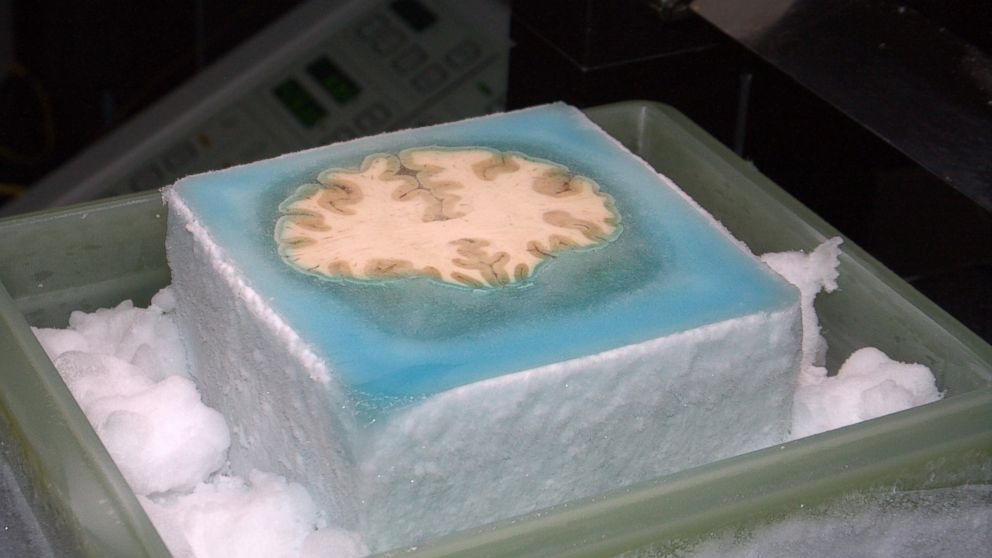The Famous No-Memory Brain That Is Getting Plugged In Online
After Henry Molaison's death, the science didn't end.

Jan. 30, 2014 — -- intro: Henry Molaison was just 27 when he was left with almost total amnesia following a brain operation for epilepsy. While Molaison could remember events prior to the surgery he could retain almost no new information after a few minutes.
For decades after the surgery, doctors and researchers worked with Molaison to try and understand how memories were formed and retained.
After his death in 2008, the science didn’t end. Molaison’s brain was dissected into thousands of slides that were then scanned to create a digital “model” of his brain.
quicklist: 1title: The famous "Patient HM."text: Henry Molaison became famous as “Patient HM,” after experimental brain surgery in 1953 left him without his short-term memory.
While his intellectual, language and personality were intact, he was unable to remember new information. After his death in 2008, his brain was preserved by scientists.
media: 22289112
quicklist: 2title: Preserving the brain.
text: To preserve the material, Molaison’s brain was dissected into 2,401 slides.
To create the paper-thin slides, Molaison’s brain was frozen in gelatin and carefully divided into slides during a marathon 53 hours session so that the material wasn't compromised.
Dr. Jacopo Annese, director of the non-profit Brain Observatory, which performed the dissection said there was concern that the material could become damaged during the freezing process.
"No one had frozen a whole brain before," said Annese. "There’s scary stories about tissue cracking. You need to freeze it very carefully."
media: 22288642
quicklist: 3title: Digitizing the brain. text:Molaison was considered a remarkable patient because even though he could not make new memories, he could learn a skill. He just would have no memory of how he learned it.
Researchers used the slides of his brain to “digitize” his mind for research. Online users can even look at the individual cells in the scans.
media: 22289214
quicklist: 4title: The puzzling hippocampus. text:
For many years doctors thought Molaison’s hippocampus, a part of the brain associated with shaping memories, had been totally damaged in the surgery.
However, an MRI in the 1990’s and the newer digitized scans post-mortem revealed that much of the hippocampus survived.
media: 22288694
quicklist: 5title: Online atlas.
text:
Dr. Jacopo Annese director of the Brain Observatory, examines slides of Molaison’s brain.
A 3-D digitized version of Molaison’s brain was uploaded into an online “Atlas” for other researchers. Anyone who signs up can examine different slides up to a cellular level to see just what was going on in the famous brain of Patient HM.
media: 22288543




